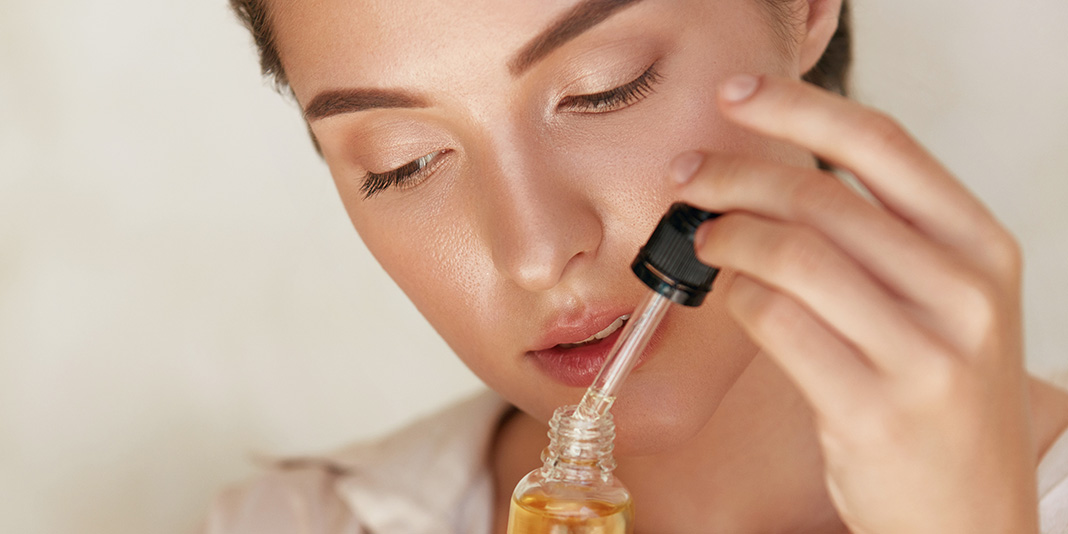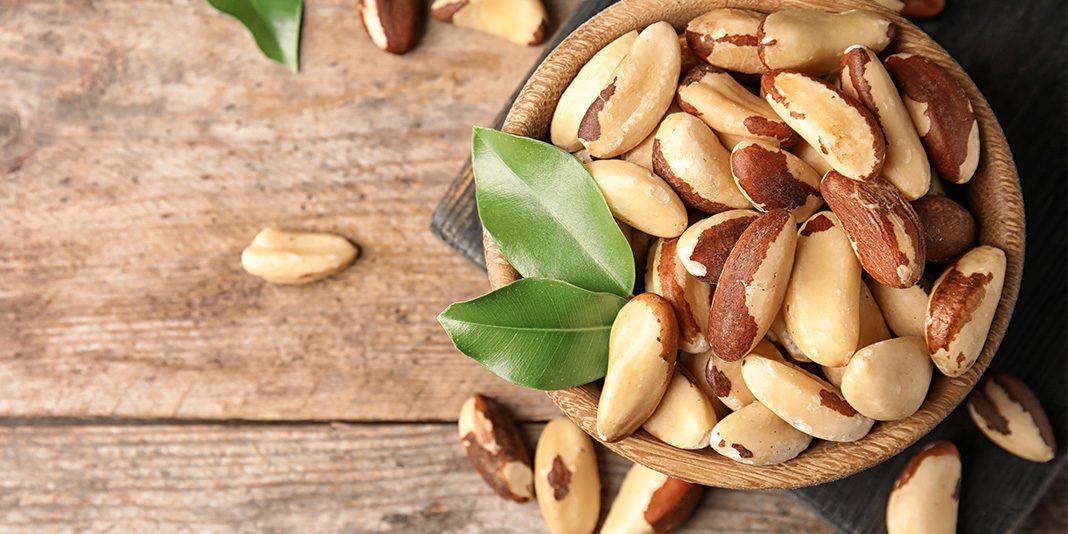Neotame. Isomalt. Lactitol. They may sound like characters straight out of a science fiction movie, but they’re just a few of the sweeteners lurking in the foods you eat daily.
Many of the baked goods, beverages, processed foods, frozen desserts, candies and baking ingredients stocked in your kitchen are loaded with both artificial and natural sweeteners, often under unrecognizable names.
Some sweeteners are innocent. Others aren’t. Knowing the difference between calorie-free sweeteners like acesulfame potassium and saccharin, sugar alcohols like isomalt and lactitol, and natural sweeteners like honey and agave, is important for your health—and your waistline.
The Lowdown on Sweets:
America’s consumption of sweeteners is off the charts. According to the U.S. Department of Agriculture (U.S.D.A.), in 2000, each American ate 152 pounds of caloric sweeteners on average over the course of a year. That adds up to a whopping 52 teaspoons of added sugars per person per day—well above the U.S.D.A. recommendation that the average person on a 2,000-calorie diet have no more than 40 grams—or about 10 teaspoons—of added sugars daily.
Artificial sweeteners have become popular because consumers want to cut calories without giving up the foods they love. But they can derail a healthy diet. Studies indicate zero-calorie sweeteners make it tougher to metabolize food properly and control your body weight.
A 2011 study out of the School of Medicine at the University of Texas Health Science Center San Antonio compared waist circumference in diet soda drinkers to non-diet soda drinkers over approximately 10 years. The diet soda drinkers had a 70 percent greater increase in waist circumference than those who shunned diet drinks. Those who drank two or more diet sodas a day had waist circumference increases that were 500 percent greater.
A 2008 study also found weight gain in rats that were fed yogurt sweetened with saccharin (a zero-calorie artificial sweetener), versus another group that ate yogurt sweetened with glucose, a simple sugar. The rats given artificially sweetened yogurt gained more weight than the group fed the more caloric glucose-sweetened yogurt.
THE STUDY, EXPLAINED: Fake Sugars Cause Weight Gain
So what gives? Your body is hard-wired to associate sweetness with high-calorie foods: Eating sweets tells the brain to prepare to consume a large amount of calories. When you eat foods containing zero-calorie artificial sweeteners that system may break down and throw off your metabolism. As a result, calorie-free fake sugars may retrain your body to crave more food and burn fewer calories than you normally would.
“Artificial sweeteners never take away the addictive taste of sweet in your mouth, which means, eventually, you’ll be more likely to grab the real sweetened beverage or food product,” says Kristin Kirkpatrick, R.D., M.S., YouBeauty Nutrition Advisor and Wellness Manager for Cleveland Clinic’s Lifestyle 180 program. Artificial sweeteners are no stranger to controversy. Their safety has long been scrutinized. According to the National Cancer Institute and other health agencies, however, the artificial sweeteners approved by the U.S. Food and Drug Administration (F.D.A.) have not been clearly shown to cause cancer or other serious health conditions in humans. Even so, the rumors swirl around artificial sweeteners and their possible health effects.
What’s Sweeting You?
Sweeteners can be categorized into three general categories: artificial sweeteners, sugar alcohols and novel sweeteners, and natural sweeteners. Here’s what you need to know about each one.
Artificial Sweeteners:
Worried that consuming artificial sweeteners may cause cancer? Although small animal studies have found a possible association between cancer and some artificial sweeteners, subsequent FDA-approved research has found no clear evidence linking the sweeteners to cancer in humans, according to the National Cancer Institute. The bigger concern right now? Weight gain. A growing body of research shows that consuming calorie-free sweeteners triggers overeating and confuses your body so that your metabolism can’t respond as efficiently when you eat. The result? You gain weight rather than lose it. Artificial sweeteners might seem like the diet-friendly choice, but they can actually be major diet-busters!
- Acesulfame potassium
What it is: Also known as acesulfame-K, a German-manufactured sweetener that’s about 200 times sweeter than sugar.
Where you’ll find it: Baked goods, chewing gum, gelatin desserts, and diet sodas, as well as in packets of Sunett and Sweet One.
Controversy: Preliminary studies show possible links to cancer and thyroid problems.
- Aspartame
What it is: A chemical combination of two amino acids and methanol.
Where you’ll find it: Equal and NutraSweet.
Controversy: In 2007, researchers at the Ramazzini Foundation in Bologna, Italy, studied rats’ exposure to aspartame in utero, monitoring the rodents in the experiment for three years. Their findings showed aspartame caused leukemia, lymphoma and breast cancer in the rats. The food industry has claimed the studies were flawed and other studies (that also have major limitations) have shown no clear links to cancer.
- High-fructose corn syrup (HFCS)
What it is: A ubiquitous sweetener produced by converting the glucose in corn syrup into fructose.
Where you’ll find it: Sweetened beverages, non-diet soda and processed foods.
Controversy: The jury is still out as whether HFCS causes adverse health effects, but some worry that the high levels of fructose may cause the body to respond to it differently than sugar, and contribute to the rising obesity epidemic.
- Neotame
What it is: An artificial sweetener chemically related to aspartame that’s about 8,000 times sweeter than table sugar.
Where you’ll find it: Diet sodas, diet foods and baked goods.
- Saccharin
What it is: An artificial sweetener that has 350 times the sweetness of sugar.
Where you’ll find it: SugarTwin, Sweet ’N Low, diet and “sugar free” foods, and soft drinks.
Controversy: According to the National Cancer Institute (NCI), saccharin was required to have a warning label that the sweetener causes bladder cancer in laboratory animals but congress dropped the label in 2000. Subsequent human studies haven’t shown consistent proof that saccharin is tied to bladder cancer, according to the NCI.
- Sucralose
What it is: A synthetic chemical made by chemically reacting sugar (sucrose) with chlorine.
Where you’ll find it: Splenda, no-sugar-added baked goods, frozen desserts, ice cream and soft drinks.
Sugar Alcohols And Novel Sweeteners
This category of sweeteners includes:
- Erythritol
- Hydrogenated starch hydrolysates
- Isomalt
- Lactitol
- Maltitol
- Mannitol
- Sorbitol
- Stevia
- Xylitol
Sugar alcohols are carbohydrates that occur naturally in some fruits and vegetables, and they’re lower in calories than real sugar. In large quantities, sugar alcohols can cause bloating, gas and diarrhea. Hard candy, chewing gum, baked goods, fruit spreads and chocolates are common sources of sugar alcohols.
The Mayo Clinic defines novel sweeteners as combinations of various types of sweeteners. One popular novel sweetener, stevia, is often used in diet beverages. It’s approximately 100 times sweeter than sugar, and you’ll find it in the brand names Truvia and PureVia. Stevia comes from the yerba dulce shrubs, commonly found in South America.
DISCUSS: Are plant sweeteners effective sugar substitutes?
The F.D.A. didn’t approve stevia as a food ingredient until 2008. The novel sweetener was the subject of controversy after studies showed high dosages of stevia fed to rats reduced sperm production and had the potential to cause infertility. To make matters worse, pregnant hamsters given large amounts of a derivative of stevioside, known as steviol, had fewer and smaller offspring. Even now, the sweetener is only “generally recognized as safe”—a less stringent F.D.A. ranking.
Natural Sweeteners:
This category of sweeteners includes:
- Date sugar
- Grape juice concentrate
- Honey
- Maple sugar
- Maple syrup
- Molasses
- Agave nectar
Natural sweeteners aren’t much different from sugar and have the same amount of calories, according to the Mayo Clinic. Your body processes honey and sugar alike, as glucose and fructose, for example. You’re likely to come across these sweeteners in tea, cocktails, desserts, pancake and waffle toppings, cereal and baked goods. Unlike sugar, honey may protect against obesity, according to a small 2011 study published in the Journal of the American College of Nutrition. In the study, 14 non-obese, healthy women ate breakfasts sweetened with honey or sucrose. The women in the honey group experienced a reduced glycemic response compared to the women who ate sucrose, which may help with watching your weight. More research is needed to find out whether the results hold true for obese individuals.
READ MORE: What’s Causing Your Sugar Cravings?
Although agave nectar seems like a gift from the sugar gods, scientific evidence doesn’t support claims that agave is a low-glycemic sweetener that prevents spikes in blood sugar. Mayo Clinic suggests selecting a natural sweetener for its taste and use rather than any health claims. Remember: You can get too much of a good thing, so use any sweeteners (even the natural ones) sparingly.
Getting Your Sweet Tooth Under Control:
When it comes to sweeteners in your diet, Kirkpatrick recommends sweetening foods naturally and healthfully with fresh fruit.
“Try to eliminate the taste and the ‘need for sweet’ in general,” she suggests. “Move away from the sweet triggers, such as artificial sweeteners and obviously sugar-sweetened snacks like cookies and cakes, and add in fresh fruit as a substitute.”
The next time you’re watching TV and have a hankering for something sweet, try grabbing a juicy apple instead of a bag of licorice. You’ll get that burst of sweetness you’re craving without spiking your blood sugar—or sabotaging your diet.



































